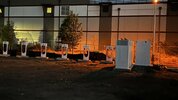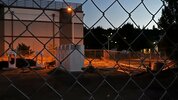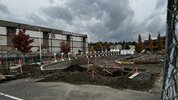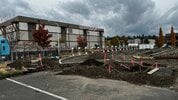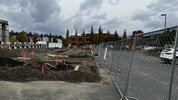Haydn22
Member
Is it aI gotta agree. Off center, large hole in the middle for the conduit and cabling. Other side is perfect size for the sign/bollard.
So is it a V4 supercharger instead of a V3?There are also threaded studs protruding from the new bases, as shown in the V4 documents posted a few weeks ago.



